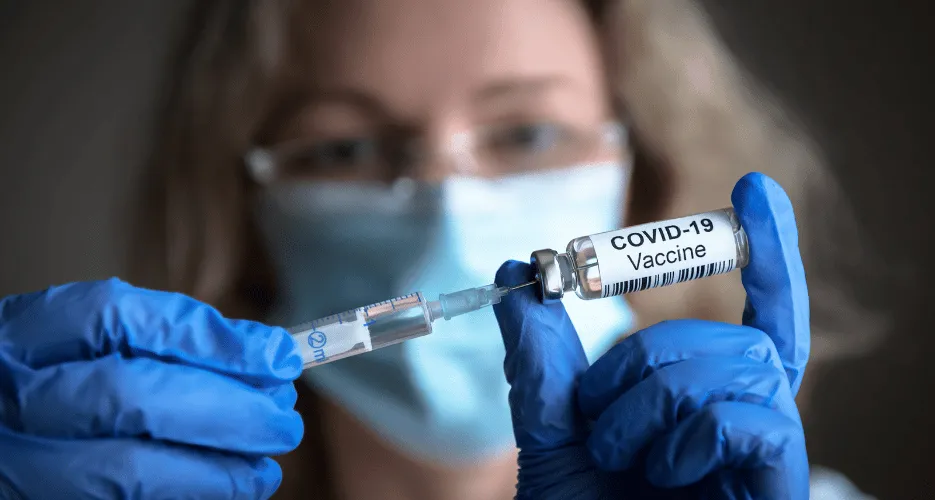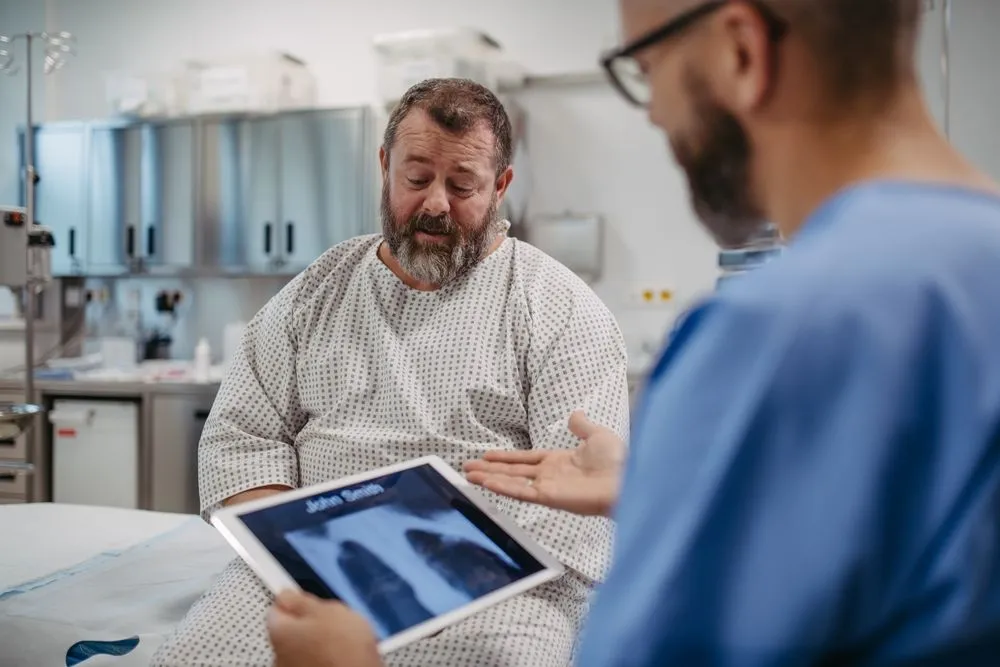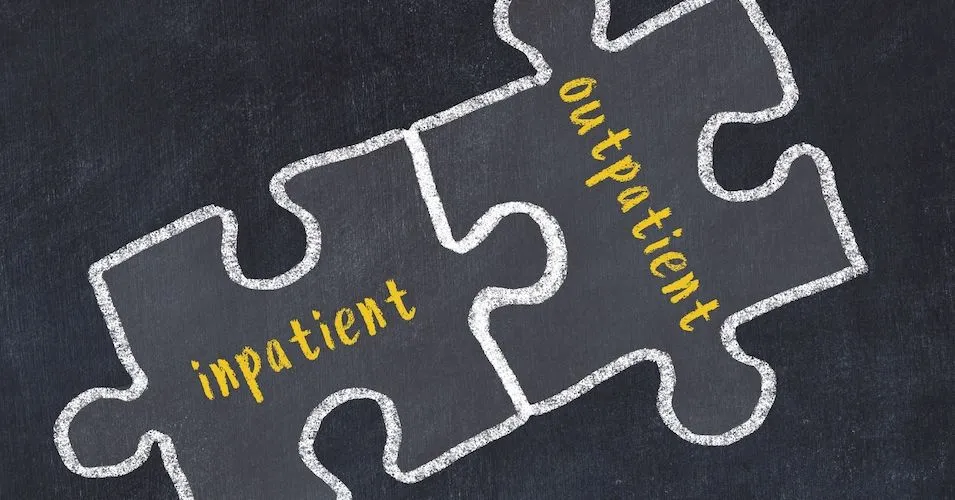Pain And Follicular Lymphoma

A common sign of lymphoma is the appearance of lumps, typically in the neck, armpit, or groin. These lumps are swollen lymph nodes. While lymphoma itself is usually not painful, these swollen nodes can press on nearby tissues and nerves, causing discomfort. If lymphoma is present in the bone (not the bone marrow), it can also lead to pain.
Swollen lymph nodes on the side of the neck are often painless initially, but they can still lead to other symptoms, such as nausea and headaches.
Because lymphoma can remain painless, many patients may go years without realizing they have the disease or need treatment. This often depends on how quickly the tumor grows and whether other organs are affected.
Where Can Pain Occur for Follicular Lymphoma Patients?
Joint or muscle discomfort or pain can occur. Nerve and tissue pain can also occur when enlarged lymph nodes grow and expand.
Locations, such as the chest, abdomen, and bones, are the most common areas of pain in people with follicular lymphoma. On a MyLymphomaTeam forum, one patient described having pain almost every day, “It feels like I have walking mono.”
However, personal pain tolerances and the location of lymph nodes will affect the level of pain that you experience.
Reasons For Pain
In addition to the location of your swollen lymph nodes, lymphoma treatments can cause pain. It can be a serious side effect of chemotherapy.
Many patients experience joint pain due to their chemo treatments. In particular, pain has been reported with the use of the medication pegfilgrastim, which is used in lymphoma treatments. This shot can cause lingering joint and bone pain. Some patients cut their dose by half, and the pain subsided.
Pain can also stem from high blood pressure, COPD, diabetes, arthritis, kidney and heart disease, or other underlying conditions.
Older adults are more likely to have additional medical conditions that will lead to pain.
Treatment for Pain
The majority of patients who experience pain can find relief with treatment. Clearly communicate your pain levels and locations with your doctor to best manage it.
If the lymphoma is causing aching joints, chemotherapy may help alleviate that pain.
Any treatment-related pain generally stops once treatment is completed. Unfortunately, nerve-related pain may take longer to stop. (It is a possibility that it may never go away.)
Medications used to treat other conditions may assist with pain relief: gabapentin, Claritin or Zyrtec, turmeric, arthritis-strength pain reliever, and small doses of opioid medication.
Medical marijuana can help and is legal in 37 states. CBD can also help with relief.
It is extremely important to check with your doctor before taking any medications, whether they are supplements or over-the-counter. Some of these medicines may interfere with your follicular lymphoma treatment.
Some doctors avoid the use of Tylenol or Advil. Fevers can be a sign of infection, and these medicines block the symptoms of a fever. Talk to your doctor about what’s right for you.
Non-Medicinal Options
There are strategies to use if medication is not eliminating your pain. Consider one or more of the following with your doctor’s go-ahead if one interests you.
- Acupuncture
- Massage
- Biofeedback
- Nutrition counseling
- Physical or occupational therapy
Conclusion
Even though follicular lymphoma is a slow-growing cancer, pain can still play a role in a patient’s recovery journey. Speak openly with your specialist to find the direct cause of the pain and learn what you can do to improve your quality of life.
If you are experiencing pain and want solutions, explore our Side Effect Solutions Tool. Patients like you have added what they have been doing to manage pain and other side effects. Read possible solutions and vote on options you’ve tried!
A common sign of lymphoma is the appearance of lumps, typically in the neck, armpit, or groin. These lumps are swollen lymph nodes. While lymphoma itself is usually not painful, these swollen nodes can press on nearby tissues and nerves, causing discomfort. If lymphoma is present in the bone (not the bone marrow), it can also lead to pain.
Swollen lymph nodes on the side of the neck are often painless initially, but they can still lead to other symptoms, such as nausea and headaches.
Because lymphoma can remain painless, many patients may go years without realizing they have the disease or need treatment. This often depends on how quickly the tumor grows and whether other organs are affected.
Where Can Pain Occur for Follicular Lymphoma Patients?
Joint or muscle discomfort or pain can occur. Nerve and tissue pain can also occur when enlarged lymph nodes grow and expand.
Locations, such as the chest, abdomen, and bones, are the most common areas of pain in people with follicular lymphoma. On a MyLymphomaTeam forum, one patient described having pain almost every day, “It feels like I have walking mono.”
However, personal pain tolerances and the location of lymph nodes will affect the level of pain that you experience.
Reasons For Pain
In addition to the location of your swollen lymph nodes, lymphoma treatments can cause pain. It can be a serious side effect of chemotherapy.
Many patients experience joint pain due to their chemo treatments. In particular, pain has been reported with the use of the medication pegfilgrastim, which is used in lymphoma treatments. This shot can cause lingering joint and bone pain. Some patients cut their dose by half, and the pain subsided.
Pain can also stem from high blood pressure, COPD, diabetes, arthritis, kidney and heart disease, or other underlying conditions.
Older adults are more likely to have additional medical conditions that will lead to pain.
Treatment for Pain
The majority of patients who experience pain can find relief with treatment. Clearly communicate your pain levels and locations with your doctor to best manage it.
If the lymphoma is causing aching joints, chemotherapy may help alleviate that pain.
Any treatment-related pain generally stops once treatment is completed. Unfortunately, nerve-related pain may take longer to stop. (It is a possibility that it may never go away.)
Medications used to treat other conditions may assist with pain relief: gabapentin, Claritin or Zyrtec, turmeric, arthritis-strength pain reliever, and small doses of opioid medication.
Medical marijuana can help and is legal in 37 states. CBD can also help with relief.
It is extremely important to check with your doctor before taking any medications, whether they are supplements or over-the-counter. Some of these medicines may interfere with your follicular lymphoma treatment.
Some doctors avoid the use of Tylenol or Advil. Fevers can be a sign of infection, and these medicines block the symptoms of a fever. Talk to your doctor about what’s right for you.
Non-Medicinal Options
There are strategies to use if medication is not eliminating your pain. Consider one or more of the following with your doctor’s go-ahead if one interests you.
- Acupuncture
- Massage
- Biofeedback
- Nutrition counseling
- Physical or occupational therapy
Conclusion
Even though follicular lymphoma is a slow-growing cancer, pain can still play a role in a patient’s recovery journey. Speak openly with your specialist to find the direct cause of the pain and learn what you can do to improve your quality of life.
If you are experiencing pain and want solutions, explore our Side Effect Solutions Tool. Patients like you have added what they have been doing to manage pain and other side effects. Read possible solutions and vote on options you’ve tried!

about the author
Lisa Foster
Lisa Foster is a mom of 3 daughters and 1 perfect grandchild, a puzzle lover, writer and HealthTree advocate. She believes in the mission of the foundation and the team that builds it forward. She calls Houston, Texas home.
More on Navigating Your Health
Get the latest thought leadership on your B-Cell Lymphoma delivered straight to your inbox
Subscribe to the weekly newsletter for news, stories, clinical trial updates, and helpful resources and events with cancer experts.
Thanks to our HealthTree Community for B-Cell Lymphoma Sponsors:











